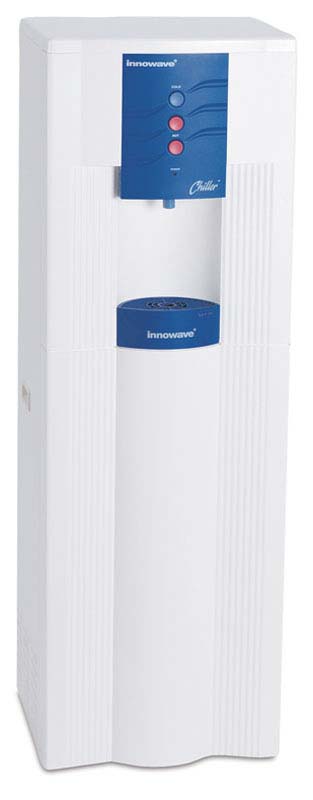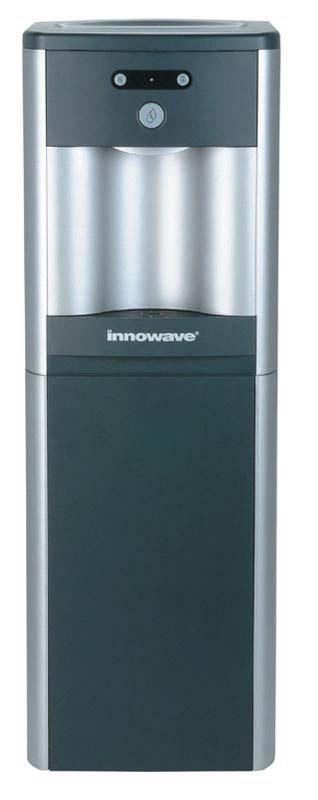Product Liability: New car recalls for Nissan and Toyota
 Toyota announced a new car recall in the US yesterday because a defective lever system in some Sienna minivans can cause the vehicles to shift out of park mode “without the driver depressing the brake pedal” and resulting in a vehicle roll-away. 24 accidents related to the defective car have been reported to Toyota so far. The recall affects approximately 615,000 Sienna minivans from Model Years 2004-2005 and 2007-2009. This is the second time in a month that Toyota has issued a recall of its vehicles in the US market. Earlier this month, the car manufacturer issued a recall for more than 780,000 vehicles to address a defective suspension in its RAV4 and Lexus HS 250h models.
Toyota announced a new car recall in the US yesterday because a defective lever system in some Sienna minivans can cause the vehicles to shift out of park mode “without the driver depressing the brake pedal” and resulting in a vehicle roll-away. 24 accidents related to the defective car have been reported to Toyota so far. The recall affects approximately 615,000 Sienna minivans from Model Years 2004-2005 and 2007-2009. This is the second time in a month that Toyota has issued a recall of its vehicles in the US market. Earlier this month, the car manufacturer issued a recall for more than 780,000 vehicles to address a defective suspension in its RAV4 and Lexus HS 250h models.
Nissan also announced yesterday that it was recalling nearly a million defective cars worldwide because a defective accelerator sensor could cause the car to stall. No accidents have been reported so far according to the manufacturer. The recall affects Infiniti M, Serena, X-Trail, Lafesta and Fuga models produced in Japan between 2004 and 2013.
 New York Personal Injury Attorneys Blog
New York Personal Injury Attorneys Blog


 More than 134,000 BMW cars are being recalled because defective rear lights connections can cause the rear lights to fail and increase the risk of a crash.
More than 134,000 BMW cars are being recalled because defective rear lights connections can cause the rear lights to fail and increase the risk of a crash.
 Some water dispensers from Waterlogic are defective and pose a fire hazard. These products have been recalled after consumers reported that the hot water tank would stop functioning and cause the machine to overheat and catch fire.
Some water dispensers from Waterlogic are defective and pose a fire hazard. These products have been recalled after consumers reported that the hot water tank would stop functioning and cause the machine to overheat and catch fire.
